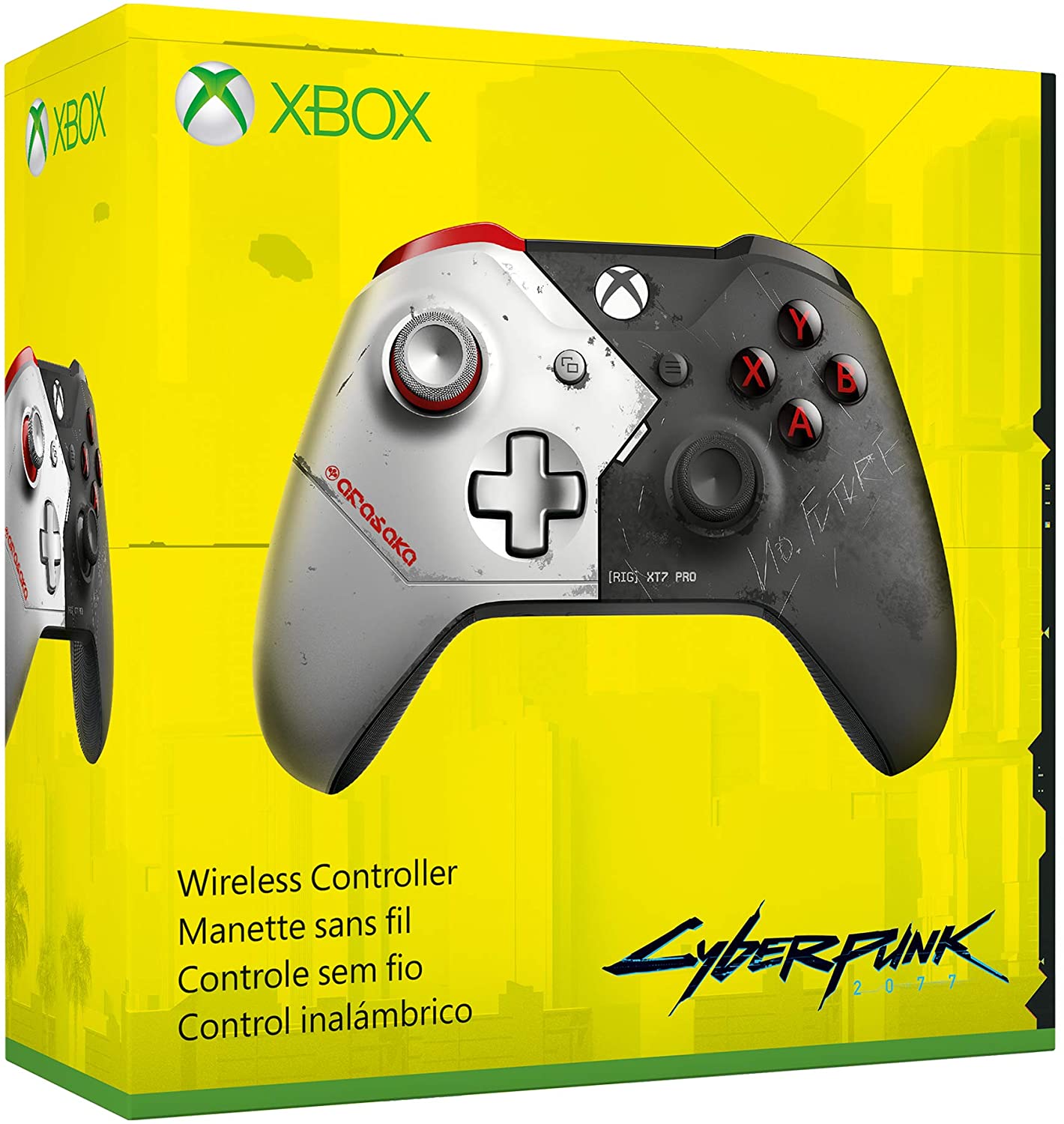OneCast runs natively on macOS, without requiring complex workarounds such as dual booting or virtualisation. Supports HD 1080p video for crisp, smooth gameplay. Play games using the original Xbox One wireless controller connected to your Mac by either USB or Bluetooth. Basically, with a bit of software called onecast you can play Xbox One on your Mac via a strea. If you've got an Xbox One and a Mac you might like this video.
The promise of playing Xbox games on my iOS devices has been tempting me for a while; though I’m not a hardcore gamer, there are a number of titles I like to play on my Xbox One, most recently Star Wars: Squadrons. Plus, the ability to still do some gaming, even when the sole TV in our household is tied up, definitely has some appeal.
So the news a few weeks back that remote play was coming to Microsoft’s iOS app was welcome indeed. Unlike the contentious Project xCloud game streaming, remote play falls into a more standard (and, to Apple, more acceptable) category of apps: it’s basically a screen-sharing client. So, the Xbox app for iPhone and iPad now lets you screen share with the Xbox in your house over your local network or, if your connection is good enough, the Internet.
The real question is, how well does it work?
My quick test results have sadly been mixed at best. I tried a couple games both via my local Wi-Fi as well as via the cell connection on my iPhone 11 Pro.
The cellular network connection produced fairly dismal results, though that could certainly all be chalked up to bad reception in my neighborhood. There was a lot of crackling in audio, gameplay was difficult at the best of times (there was occasionally some serious latency even just in navigating menus), and graphics were heavily artifacted, often beyond recognition (and don’t even get me started about trying to read onscreen text in a game like Marvel’s Avengers). I also lost the network connection with the Xbox a couple times, leaving me staring at a “reconnecting” screen.
On Wi-Fi, the quality of graphics looks much better—especially on my iPhone 11 Pro’s very nice display—and games were definitely playable, but the experience still paled next to normal console play. In particular, I’ve been plagued by network issues which have proved difficult to diagnose or resolve. The Xbox app repeatedly tells me that there are “problems” with my network, resulting in skipping audio, jittery gameplay, and some graphical artifacts. Between those skips and jitters, the gameplay is surprisingly responsive, especially in terms of latency—which is to say, when I hit the throttle control in Squadrons, the ship throttles up; I don’t notice a significant delay there or elsewhere, such as in firing my ship’s weapons, though I would still be hesitant to take on another human player head-to-head.1
The experience actually makes me feel like there’s the potential for a solid gameplay experience here, if those network issues could be eliminated. Unfortunately, I’m not sure whether the issue really is my network infrastructure or some flaw in the app or console software. (I have my Xbox One hardwired to a gigabit switch which, in turn, is connected directly to my home’s eero base station; both my iPhone and iPad are connected to a 5GHz Wi-Fi network, so my options for further tweaking are kind of limited.) We’ll have to see if the iPhone 12 Pro arriving later this week makes any difference at all, but I would frankly be surprised.
Xbox On Mac
So, while the idea of remote play is sound, and the technology is so nearly there, the collision with real world factors seems to limit just how broadly feasible this might be. It’s possible that those with a really optimized network or top of the line hardware will get a lot out of remote play, but for the rest of us, it’s just another technology that feels like it’s not quite here yet.
- I restricted my testing to Squdarons‘s Training mode; I definitely wouldn’t be playing Fleet Battles here. ↩
[Dan Moren is the East Coast Bureau Chief of Six Colors. You can find him on Twitter at @dmoren or reach him by email at dan@sixcolors.com. His latest novel, The Aleph Extraction, is out now and available in fine book stores everywhere, so be sure to pick up a copy.]
If you appreciate articles like this one, support us by becoming a Six Colors subscriber. Subscribers get access to an exclusive podcast, members-only stories, and a special community.
See which wireless controllers are supported
- Xbox Wireless Controller with Bluetooth (Model 1708)
- Xbox Elite Wireless Controller Series 2
- Xbox Adaptive Controller
- Xbox Wireless Controller Series S and Series X
Pair a controller to your iPhone, iPad, iPod touch, Apple TV, or Mac
- Press the Xbox button to turn on your controller.
- Press and hold the Connect button for a few seconds to put your controller into pairing mode.
- Follow the steps to pair a controller to your iOS or iPadOS device, Apple TV, or Mac.

Xbox One Remote Play Macbook Mini
If your controller doesn’t connect or work as expected
Xbox One Remote Play Macos
- Unpair it, then pair it again. If you still can't pair or connect, get help pairing your Bluetooth accessory to your iOS device.
- Make sure that you're not trying to connect too many Bluetooth accessories at once. Apple TV 4K and Apple TV HD support up to two of the same kind of controller at once, or one controller with a combination of Bluetooth audio devices. Other controller and audio Bluetooth limits vary by device.
- Check that the firmware on your controller is up to date.
- Some controller functions aren't supported when paired with an Apple device, including the controller's audio jack. Contact Apple Support for more details.